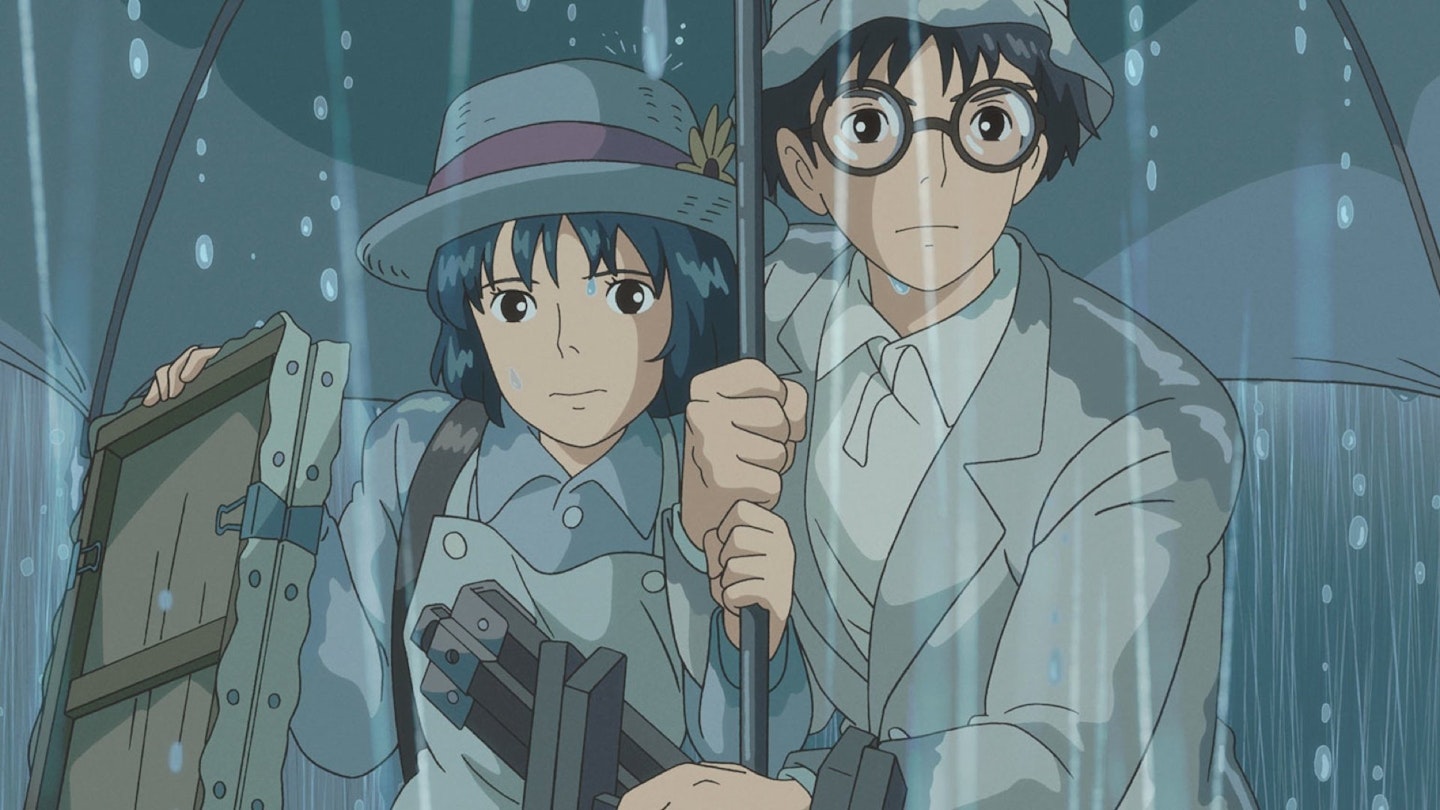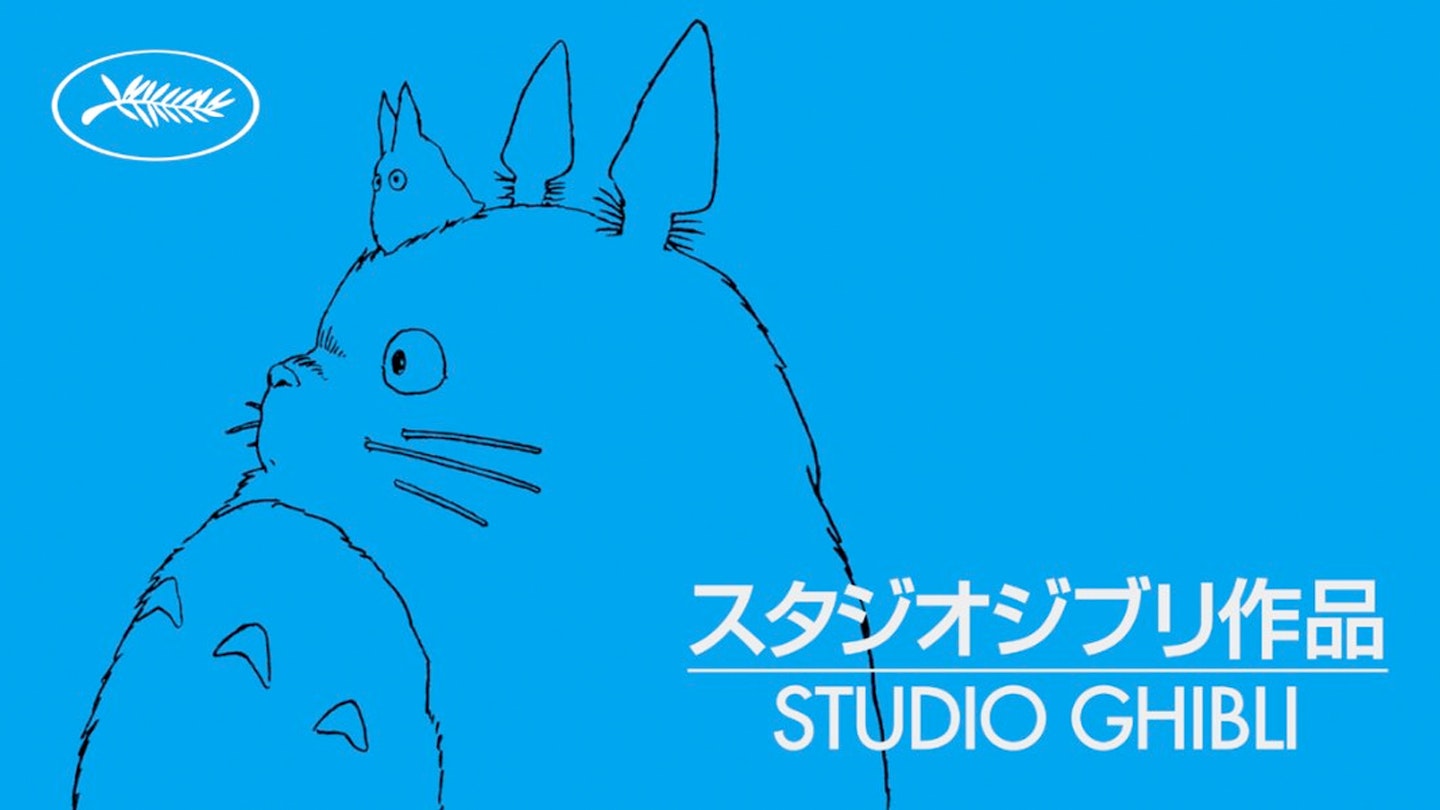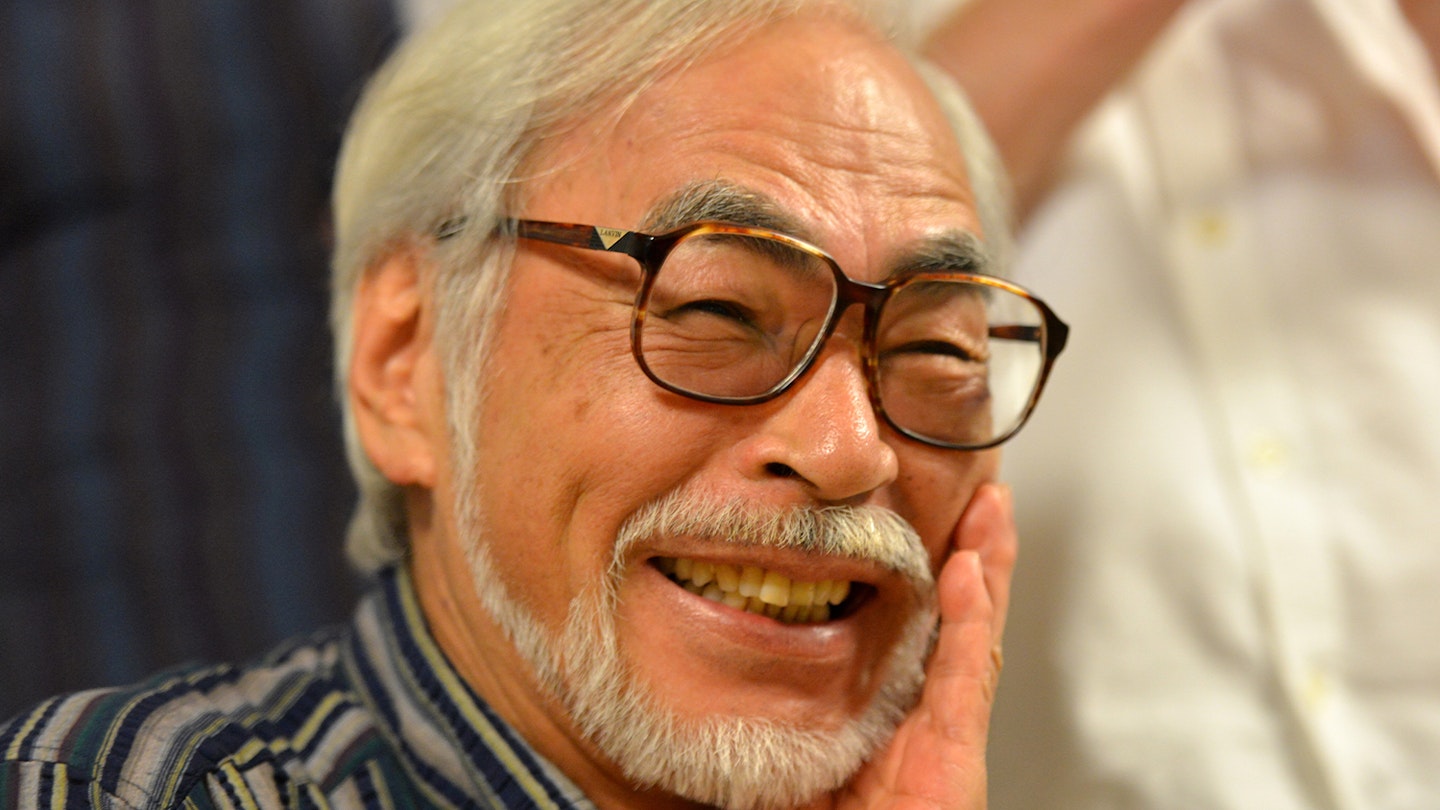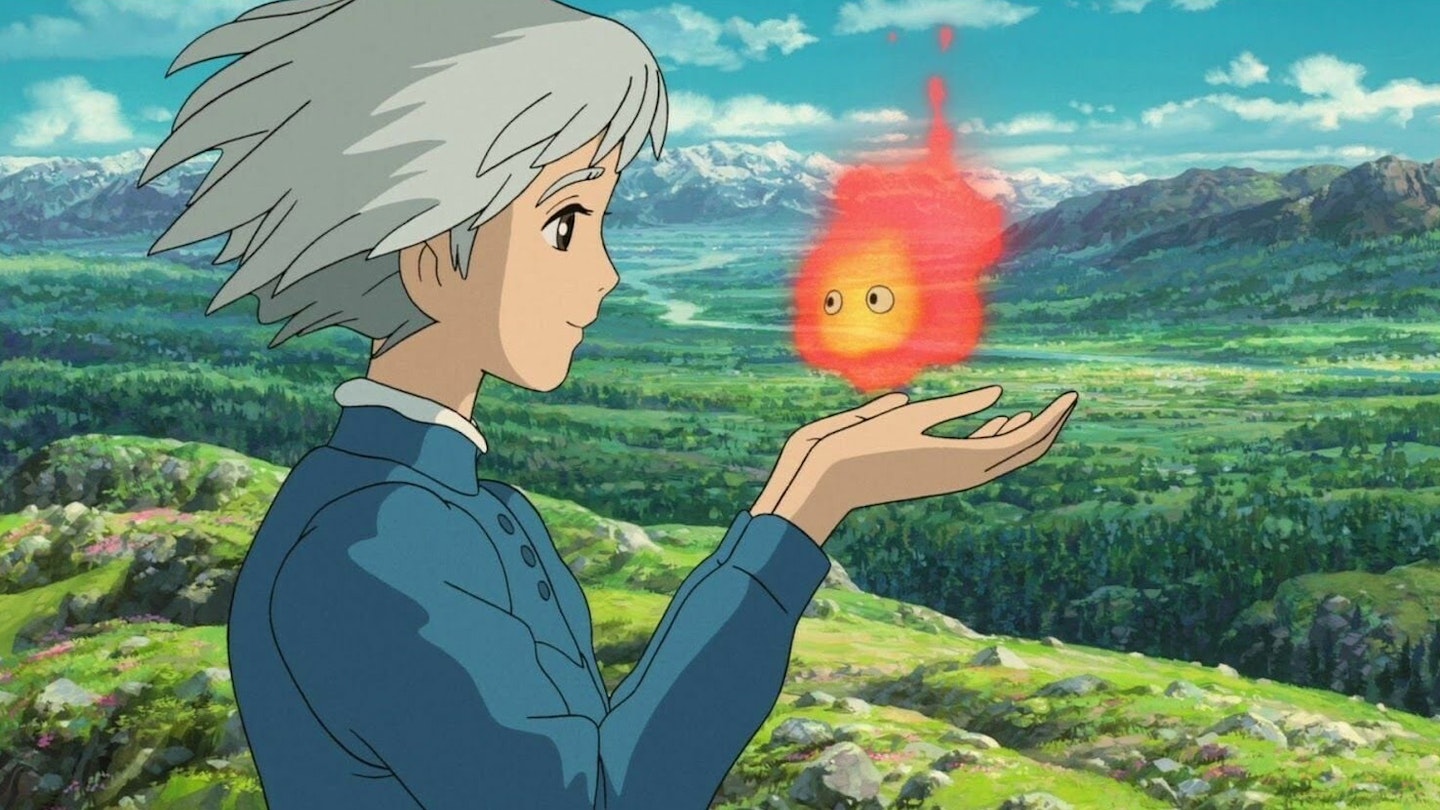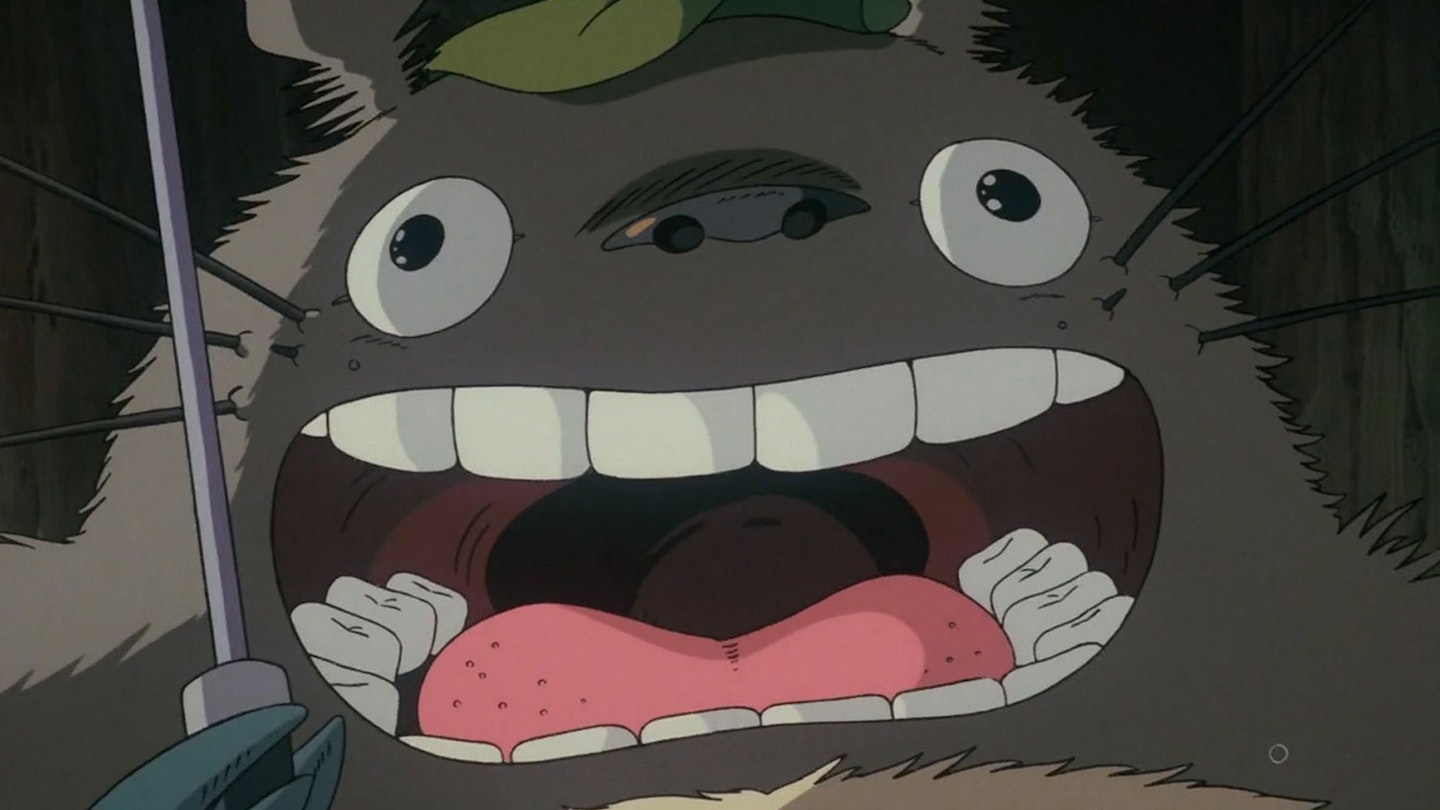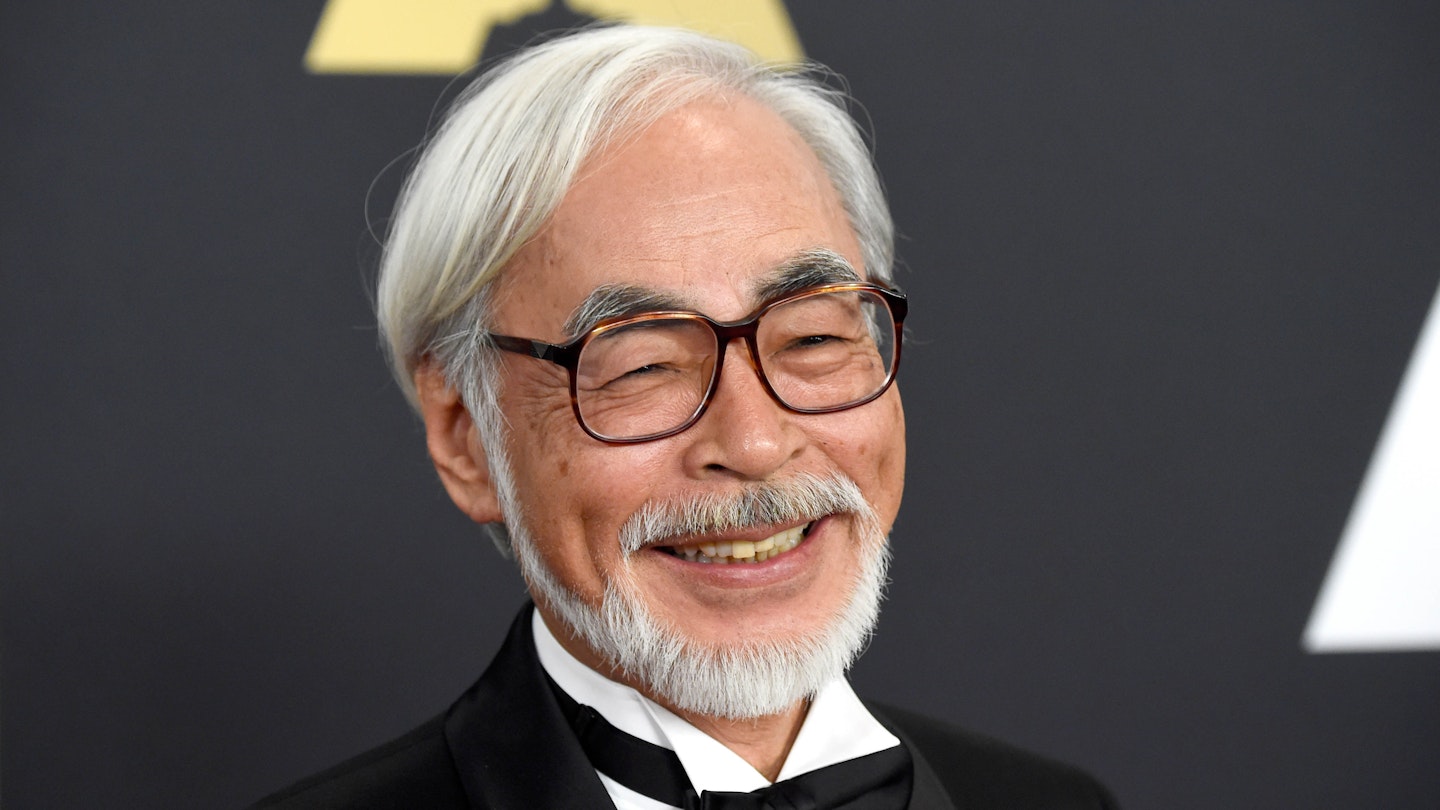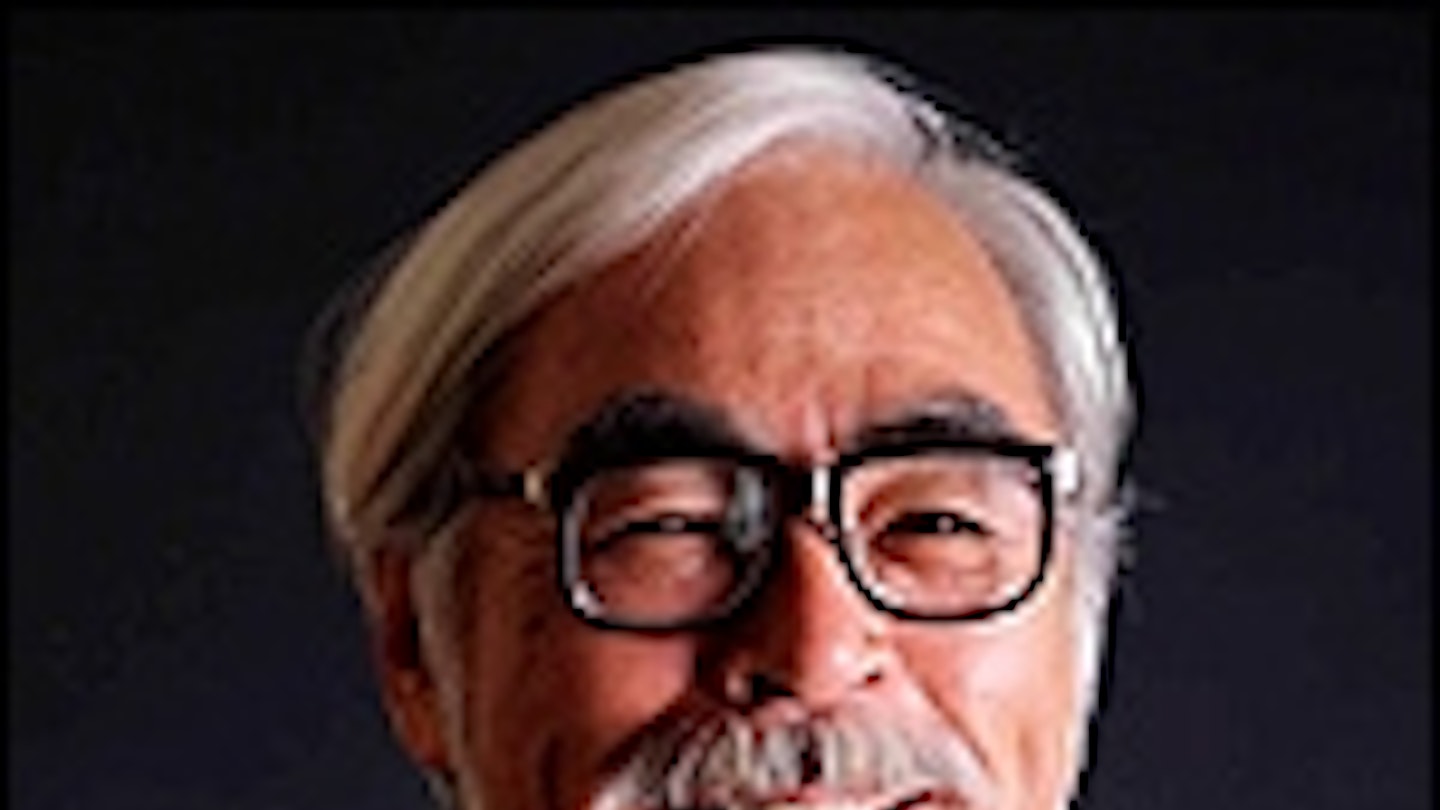No other animation director of the past three decades has had the impact and influence of Hayao Miyazaki. John Lasseter may have revolutionised the medium, but he would be the firstto tell you that Miyazaki (who has admirably resisted that revolution) should precede him. “At Pixar,” Lasseter once wrote, “when we have a problem, we often take a LaserDisc of one of Mr. Miyazaki’s films and look at a scene for a shot of inspiration. And it always works!”
It is easy to see how. From his lovingly fashioned scenes of sweet, simple domestic routine to his vast, stormcloud-piling epic fantasies, Miyazaki’s movies come with frame-packing fine detail, appealingly bizarre menageries, warm humanity, good humour and a lambent sense of sheer creativity.
Unashamedly funnelling environmentalist, pacifist and feminist themes, Miyazaki has absorbed and blended multiple mythologies and broadcasted on frequencies both pre-school and ‘mature’, but there has always been a coherence and recognisability to his output, a wonderfully welcoming familiarity that has guaranteed his work, in Japan at least, cultural transcendence.
So, if we are to believe his latest retirement announcement, his 11th feature, The Wind Rises, represents the end of an era. And it is his most nakedly personal movie yet. Eschewing fantasy outside of its dream sequences, and focusing on an adult male protagonist (only the third of his films to do so), this is, surprisingly, the least ‘Miyazaki-esque’ of his work to date. Yet it is the most ‘Miyazaki’.
The director describes the film as his tribute to both aeronautical engineer Jiro Horikoshi and poet-novelist Tatsuo Hori. Via a fictional narrative, which includes amazing dream-realm dialogues with Italian aeroplane designer Gianni Caproni, it traces Horikoshi’s real efforts to invent the Zero fighter plane while interweaving elements of Hori’s life and works. The title itself is taken from Hori’s novel The Wind Has Risen, set, like a portion of the film, in a tuberculosis sanatorium. But Miyazaki’s own father, Katsuji, was director of a company — Miyazaki Airplane — which manufactured parts for the Zero; and his mother, like the fictional Horikoshi’s (Hideaki Anno) lover Nahoko (Miori Takimoto), suffered tuberculosis. So the film could simultaneously be interpreted as a tribute to his own parents and childhood, especially given that, born in 1941, Miyazaki has memories of the final, violent gasps of World War II, which must have fed into some of the more apocalyptic visuals here.
The film’s historical context does create an interesting tension, for the Western viewer at least. Ultimately, we are required to root for a man who invented a machine which dealt death on behalf of an oppressive regime. The pure-white vision which dances angelically in the heavens of Jiro’s subconscious would bring hell to the skies of the real world.
Although Miyazaki does tread carefully. During a seminar at Mitsubishi, Jiro sighs that his Zero prototype’s weight problem could easily be solved by removing the guns. “Airplanes are beautiful dreams,” we are told, but they have been malformed into nightmares by military thugs — they have become “cursed dreams”. Jiro, a man of humble diligence and impervious politeness, flatly observes how his nation is making the world its enemy: “Japan will blow up,” he prophesies. The film requires us to accept a paradox which it has been observed defines Miyazaki himself: “loves fighter planes, but hates war”, Studio Ghibli producer Toshio Suzuki has noted. “Miya-san has lived his life caught in-between his despair and his faith in humanity.”
Thus Miyazaki’s last film is also his first tragedy. The near-sighted boy who lies on his roof staring at the stars in the belief that they’ll miraculously improve his eyesight so he can become a pilot grows into a design genius whose great invention contributes to the downfall of his long-troubled country. Jiro isn’t the most engaging hero: distant, muted, his passion contained. But his quiet quest does ring true — even if his romance with Nahoko is a tad florid.
The Wind Rises will likely struggle to earn the same love in the West as the likes of Spirited Away. Yet we shouldn’t overlook its sly and knowing charm. “I’m retiring,” announces the impish, light-footed dream-vision of Caproni (Mansai Nomura) as he walks along the wing of a plane in flight, plump tangerine cumuli drifting behind him. “This is my last flight... Artists are only creative for ten years...” Is Miyazaki winking at us here? Perhaps he is saying that animators are only creative for ten movies, so we should forgive the foibles of his 11th — one he didn’t even intend to make. He claims he only wanted to realise this tribute as a manga, “a hobby”, but his producer Suzuki twisted his wrist into making those images move. We should be grateful to Suzuki. Every one of Miyazaki’s films is art, every one is entertainment. Some may lag behind others in people’s affections (Porco Rosso will never receive the adoration lavished on My Neighbour Totoro), but there has not been a fumble or an outright flop. If it weren’t for the snooty tendency to ghettoise animation and dismiss it, wrongly, as a ‘genre’, Miyazaki would easily rank among the world’s greatest living directors. Even if it doesn’t necessarily meet our greatest expectations of him as a fantasist, The Wind Rises remains a welcome and stunningly wrought farewell from a truly imaginative master.
